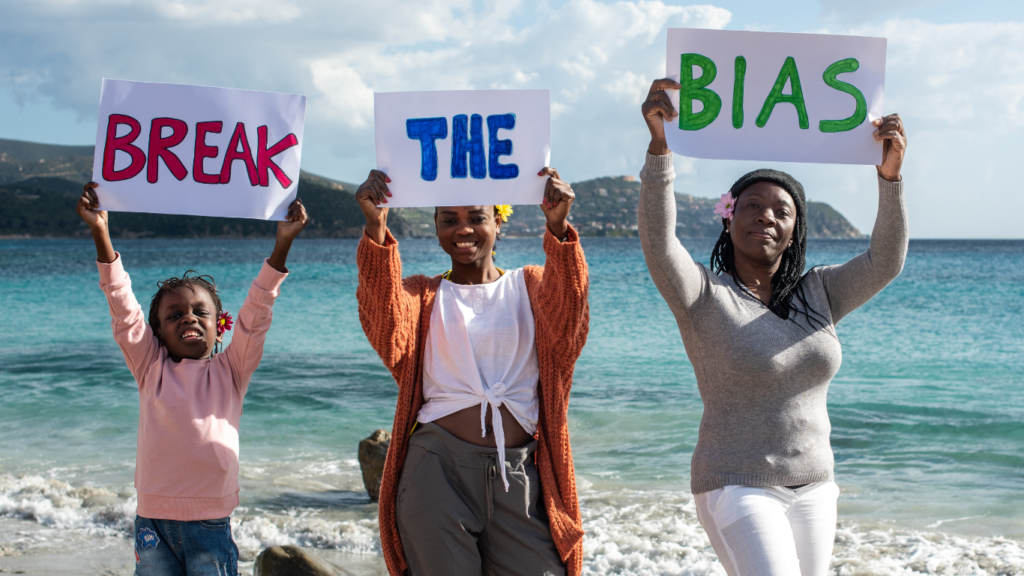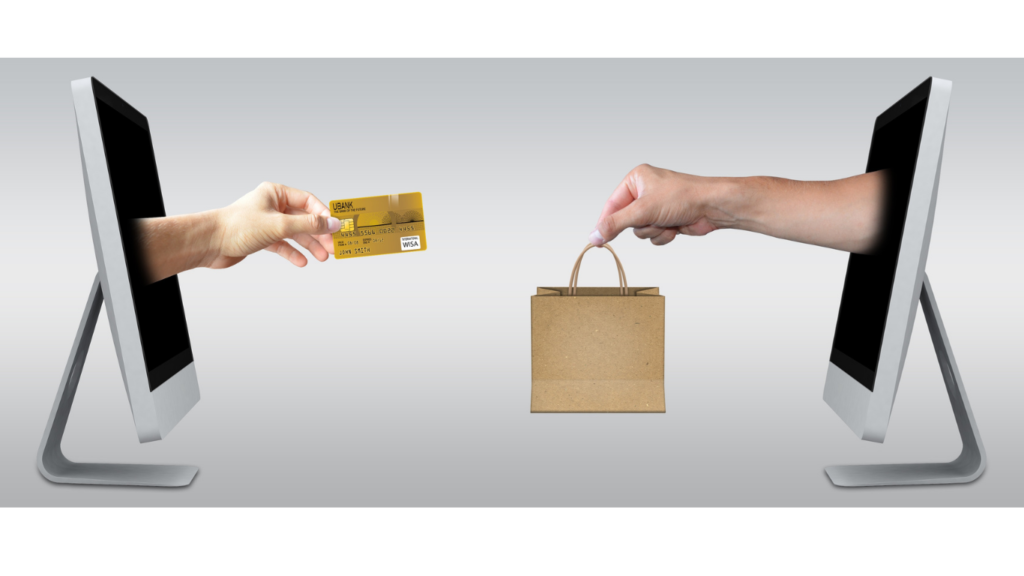
Whether or not your company mandates training or behavior, here are some things you can do to address D&I in any interaction:
- When someone attacks your dignity, speaking up begins the process of developing awareness in the perpetrator that their actions must change.
- Anytime a person or process limits your access to fair treatment or equal opportunity, remaining quiet sends the message that it’s okay to continue business as usual with no repercussions about which to be concerned.
- When a sexist remark is made, an antisemitic indiscretion is delivered, or a sexual advance is offered to another, a counteraction becomes necessary to be followed up with an official complaint to right the wrong.
- When a person is routinely interrupted while speaking in a meeting or during a presentation, the culprit must be called out for rude and disrespectful behavior.
Listening to how they identify is essential when meeting people for the first time. If you are unsure, ask. If you get called out for using the wrong pronouns, use the right ones the next time. These are signs of respect and understanding. Something we from time to time stumbles through until we get it “right.” I faced such a time myself not long ago when I was introduced to a trans person. That was all the description I received along with the name Alex when I showed up for our first meeting. It turned out to be a wonderful connection and I was excited about the prospects of what we might do in partnership to address bias as a learning opportunity for our respective audiences.
When I began to share about the meeting with a friend later that evening, I made the unfortunate choice to reference Alex as “she.” At first, my friend drew this to my attention. I was initially surprised because it was unlike me to make such an obvious error. As my conversation continued with my friend in reference to the earlier meeting, I did it again. I referenced Alex as “she.” My next correction came rather sternly and unexpectedly, somewhat hostile. I got that I was speaking incorrectly and again attempted to adjust. It felt as though I was tripping over my own shoelace. My friend was relentless. Then I asked, “what do you believe might be the reason I may be having trouble addressing Alex appropriately?” The response I got was rather challenging, “you don’t care.”
That was hardly the reality as I saw it. Yet, I noticed how annoyed my friend became with me. Then he shared the example of one of his colleagues granting him permission to use the women’s restroom rather than the men’s room citing he was considered, “one of the girls.” The reference sent annoyed shivers down my spine and with that, I got it. I had to do much better quickly. What I learned is that we can be thoughtless in this fast-paced world. It is to our benefit to slow down and be present before we misspeak. That became a wake-up call to me for how important it is to get it “right” when it comes to being inclusive to people unlike ourselves.
As a group manager, concentrate on each person’s individual goals and progress. Each person is on their own journey in the workforce, and standard metrics may not fit. Employees need to feel free to grow and develop their skills. This can result in innovation and countless benefits to the organization.










